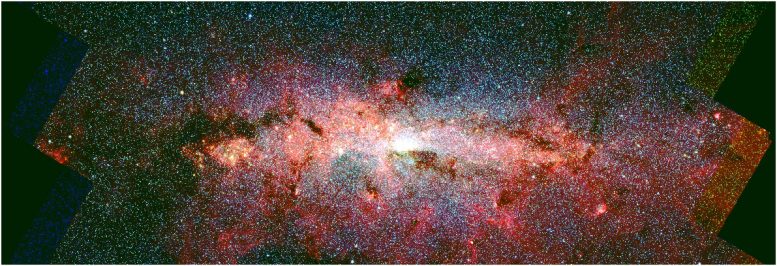
A false-color Spitzer infrared image of the Milky Way’s Central Molecular Zone (CMZ). Star formation in the CMZ is surprisingly low, suppressed by gas turbulence. CfA astronomers, in a comprehensive study of the CMZ using the SMA, have detected two new young, massive stars and another thirteen dense cores. Credit: Spitzer/NASA/CfA
Some galaxies in the universe are as much as a thousand times more luminous than our Milky Way galaxy, with most of their light being emitted in the infrared. Astronomers attribute that ultra-intense luminosity to warm dust heated by massive bursts of star formation that are often concentrated in the galaxy’s center, near the supermassive black hole. The Milky Way also has a supermassive black hole, and its inner region (called the Central Molecular Zone, CMZ) has plenty of the gas needed to form new stars. But the star formation rate there is not only not intense, it is less than average given the amount of mass present. There are several notable exceptions, like the dramatic Arches Cluster, but these serve to highlight the strange inactivity everywhere else.
The low rate of star formation in the CMZ has puzzled astronomers for decades. Because the physical conditions there differ from those in normal giant molecular clouds, astronomers generally have concluded that the responsibility must lie with some combination of their properties, in particular the high values of gas density, temperature, pressure, motion, and magnetic field strength. CfA astronomers Qizhou Zhang, Cara Battersby, and Eric Keto, and their colleagues used the Submillimeter Array (SMA) to undertake a large and comprehensive study of the CMZ in search of answers. They discovered a sample of thirteen high-mass cores with between 50-2200 solar-masses of material that could be incipient young stars, and two objects that appear to be previously unknown young, massive stars. The SMA also observed the spectral lines of the molecules formaldehyde and methyl cyanide to measure the temperature of the gas and its kinematics, including turbulent motions. The scientists conclude, in agreement with previous speculation, that the turbulent environment of the CMZ is responsible for inhibiting star formation there.
Reference: “Star formation in a high-pressure environment: an SMA view of the Galactic Centre dust ridge” by D L Walker, S N Longmore, Q Zhang, C Battersby, E Keto, J M D Kruijssen, A Ginsburg, X Lu, J D Henshaw, J Kauffmann, T Pillai, E A C Mills, A J Walsh, J Bally, L C Ho, K Immer and K G Johnston, 21 February 2018, Monthly Notices of the Royal Astronomical Society.
DOI: 10.1093/mnras/stx2898

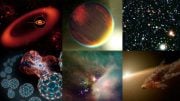
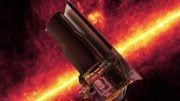
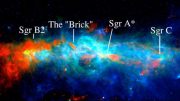

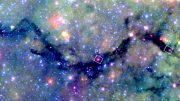

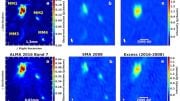
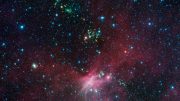
Star formation is one of the least comprehended phenomenon in astrophysics. Is there a general theory of star formation? No, there is not. There is a number of models based on computer simulations which include supersonic hydrodynamics with non-ideal MHD turbulence influenced by gravity. They include the line and continuum radiative processes of the energy transfer; a number of chemical processes with dissociation, recombination and ionization, with uncertain nomenclature of atoms and molecules, unknown magnetic fields and formation and destruction of dust particles. In addition there is macrophysics that is an environment in the molecular clouds, clumps and cores; inclusion in the multiple systems, collisions among stellar systems; jets and outflows; radiation pressure.